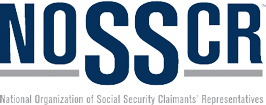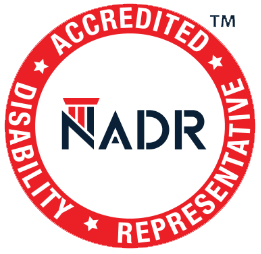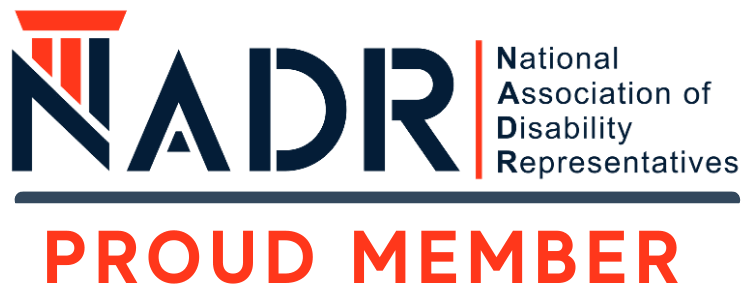Do You Know What Vision Problems Qualify for Disability Benefits?
Vision problems can affect both your physical and mental abilities to satisfy work requirements. You may struggle to perform basic administrative duties, such as reading communications or completing written tasks. This can make it nearly impossible for you to succeed at work.
Your job could require reading product labels and related safety and care instructions, or the ability to drive a vehicle. Eye disabilities that impair these functions could make you a danger to yourself or others. Vision problems – and the resulting struggle through each workday – can also cause stress, anxiety, and depression. These mental hurdles can hinder your ability to focus on your work responsibilities.
The Social Security Administration
If your vision problems are significant, long-term, and prevent you from earning a steady paycheck, you might be eligible for certain disability benefits. The Social Security Administration (SSA) provides monthly compensation for people with eye disabilities who are unable to remain employed due to visual impairment.
The SSA outlines its criteria for benefits eligibility in a document referred to as the “Blue Book.” There is no specific listing for low vision disability benefits, though the SSA does have a listing for vision loss or blindness. If you are not legally blind, there are still other ways to qualify, but you will need to complete a standard eye examination.
The SSA’s Three Requirements
The Blue Book lists three requirements to qualify for disability benefits. It is important to remember that your eye disabilities must meet the necessary criteria in your best eye. You will not qualify for disability benefits if your vision problems are restricted to one eye.
1. Loss of Central Visual Activity
The easiest way to qualify for disability benefits is to prove your vision is 20/200, or legally blind. This exam must be performed after “best correction” attempts, which includes the use of glasses, contacts, or surgical procedures. If your vision is better than 20/200 after any of these correction methods, you do not qualify.
2. Contraction of the Visual Field in the Better Eye
You must meet either of the following two criteria:
- Your peripheral vision does not extend more than 20 degrees to the left or the right.
- You have a mean deviation of 22 decibels or greater based on an automated static threshold perimetry.
3. Loss of Visual Efficiency or Visual Impairment
You must meet either of the following two criteria:
- Your visual efficiency is 20 percent or less after best correction attempts.
- You have a visual impairment value of 1.00 or greater after best correction.
DSS Can Help!
Determining whether your vision problems qualify you for SSA disability benefits is not always transparent. The process can be tricky, but we are here to help.
At Disability Support Services, we retain a team of legal professionals and disability representatives qualified specifically to present your case. We help our clients get the compensation they deserve to help care for themselves and their families. Contact us today for a free evaluation to see if you qualify.



